做豆腐残留的豆渣,有望成为塑料袋的替代品
Could Asia's passion for tofu help solve the plastic crisis?亚洲人对豆腐的热衷能否帮助解决塑料危机?
A staple in the Asian diet, soybeans have been used to make tofu, miso soup and soy milk for hundreds of years. But now, the popular legumes are also being turned into an alternative to plastic wrap.
作为亚洲人饮食的重要组成部分,数百年来,大豆经常被制成豆腐、味噌和豆奶等,而现在,这个颇受欢迎的豆子还有望成为塑料包装的替代品。
William Chen, a professor of food science and technology at Singapore's Nanyang Technological University, invented the biodegradable food wrap. It's made of cellulose, extracted from the waste generated by soybean product manufacturers.
新加坡南洋理工大学的食物科技学教授陈威廉发明了一种可降解的食物包装,它是从大豆制品生产商遗弃的废料中提取的纤维素制成的。
Soybeans are crushed to squeeze out juice that's used to make bean curd and soy milk, explains Chen. What's left is a porridgey residue, which is usually dumped. Chen takes the mushy leftovers and puts them through a fermentation process. Microbes gobble up the nutrients, leaving behind cellulose, a form of fiber.
陈教授解释说,大豆一般被用于榨汁生产豆腐和豆奶,而剩下的粥装残留物一般都被遗弃了。陈教授将这些糊状的废料进行发酵,在微生物吸收了其中养分之后,剩下的便是纤维素了,一种可用于制造纤维的材料。
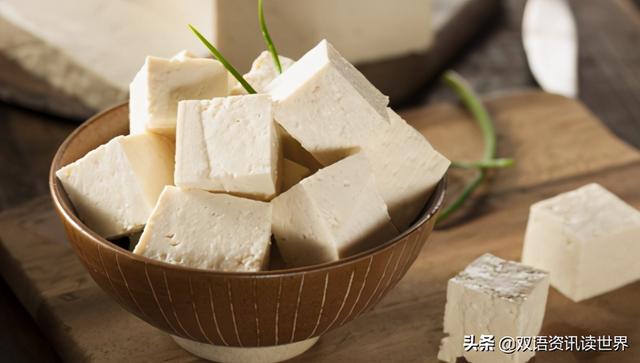
Cellulose-based plastic wraps have been on the market for a few years but Chen says that most are made from wood or corn, cultivated for that purpose. By contrast, his wrap is made from a waste product -- so it doesn't compete with edible crops for land and is more sustainable.
陈教授称,几年前市场上就已经出现纤维素材料的塑料包装了,但大部分都是用专门的木头或玉米制成的。与之相比,他研发的包装是利用废弃物制成,不会与粮食争用田地,更具可持续性。
Chen's technology could help to solve two problems at once: cutting plastic production and reducing the amount of food waste deposited in landfill. "In Singapore, the amount of food waste we generate every year can fill up 15,000 Olympic-sized swimming pools," he says, adding that because soy products are so popular in Singapore, 30 tons of soybean residue is produced there every day.
陈教授的技术可以同时解决两个问题:减少塑料生产量的同时减少浪费的食物占用垃圾填埋场空间。“在新加坡,我们每年浪费的食物可以填满15000个奥运会标准的游泳池”他补充道,豆制品在新加坡非常流行,每天生产的豆渣重量高达30吨。

F&N, a soy-based drinks producer, has partnered with Chen's lab and provides the residue, straight from the factory. The company is conducting a feasibility study to assess whether the foodwrap could compete, commercially, with conventional products, says Chen.
豆制品饮料生产商F&N与陈教授的实验室进行合作并从工厂直接提供豆渣原料。陈教授介绍说该公司正在进行可行性研究,看这种食物包装与传统的包装产品相比是否具有商业竞争力。
Scalability is sometimes an issue with bioplastics, which are typically more expensive to produce than their petrochemical counterparts. The soy-based wrap costs "almost nothing" to make in the lab, says Chen, because the raw materials are free of charge. Commercial scale production would involve additional expenses, such as storage and quality control, however "we have not calculated those costs yet," says Chen.
对于生物塑料制品来说,规模化有时候是个难题,因为和石化产业的竞争对手相比,他们的产品成本更高。虽然在实验室里豆渣制成的包装成本“近乎于零”,但这主要是因为原材料是免费提供的。如果要达到商业量产水平,包括存储和质量控制等因素在内的额外成本都需考虑在内,但陈教授称“我们还没有计算出这些成本。”
Soybeans are not the only natural product he's turning into bioplastic. Chen has also developed a method to transform the cellulose-rich husks of the durian -- a notoriously smelly tropical fruit -- into plastic wrap. Despite the fruit's controversial odor, Singaporeans consume 12 million durians a year, he says, so there is an ample supply of discarded husks.
他目前在尝试利用的自然产物不仅仅是大豆,还包括富含纤维质的“臭名昭著”的榴莲外壳,陈教授已经研发出了将其转化为塑料包装的方法。虽然榴莲的气味有争议性,但新加坡人每年消费的榴莲多达1200万个,所以废弃榴莲外壳的供应是充足的。
Biodegradability is another potential hurdle. Some bioplastics breakdown fully only when exposed to temperatures exceeding 50 degrees Celsius for prolonged periods. Concerns have been raised that if bioplastics are not disposed of in special facilities, they could add to the plastic pollution problem.
生物降解性是另一个潜在障碍。一些生物塑料制品只有在温度超过50摄氏度时经过很长时间才能完全降解。有人担心如果生物塑料制品在一些场合无法分解,它们甚至可能会加重塑料污染问题。
However, Chen says his soybean-based plastic wrap is digested by microbes and disappears completely within a month when disposed of in general household waste, without the need for heat.
但陈教授称其豆制品塑料包装被作为一般家用垃圾丢失后一个月内就能完全消失,没有温度限制。
Chen says he hopes neighboring soy-loving countries will be inspired by Singapore and adopt his innovation: "My dream is that our technology, which is cheap and simple to implement, will cut plastic and food waste and create a cleaner environment."
陈教授称其希望周边一些热爱豆制品的国家能够受到新加坡的启发,并利用他的发明:“我的梦想是希望我这项便宜又容易实现的技术能够减少塑料制品的使用及食物浪费,从而创造一个更清洁的环境。”

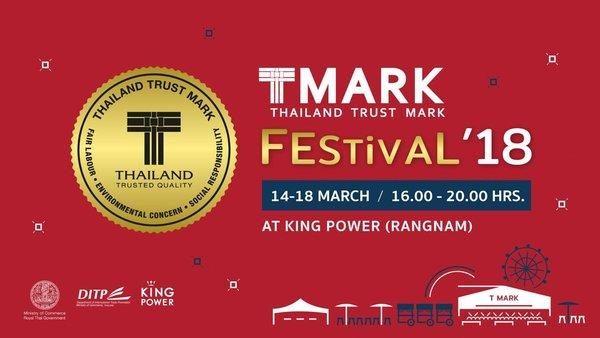

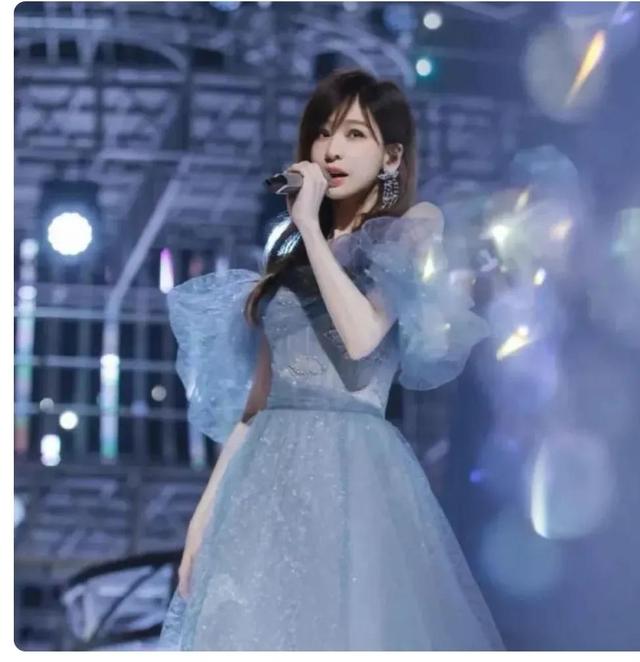




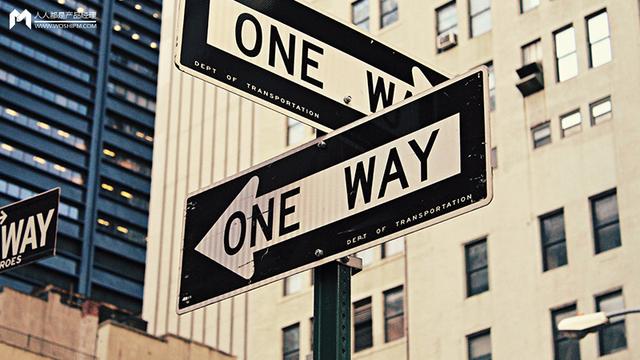


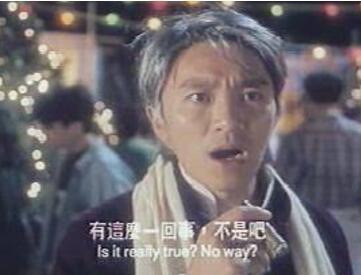










评论